The varieties of teas and infusions
"We can count the stars in the sky, but we cannot give a name to all the teas"
Chinese proverb
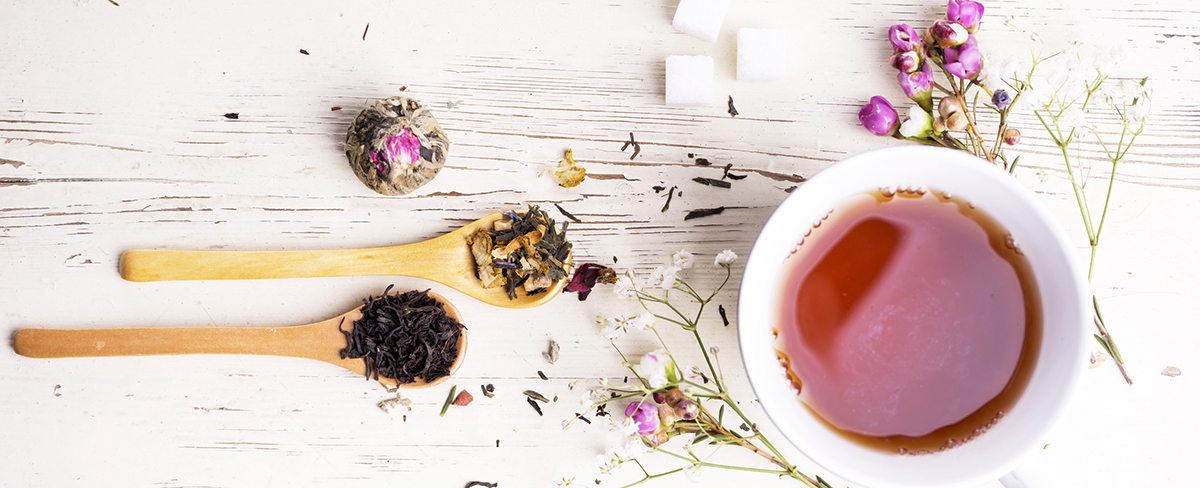
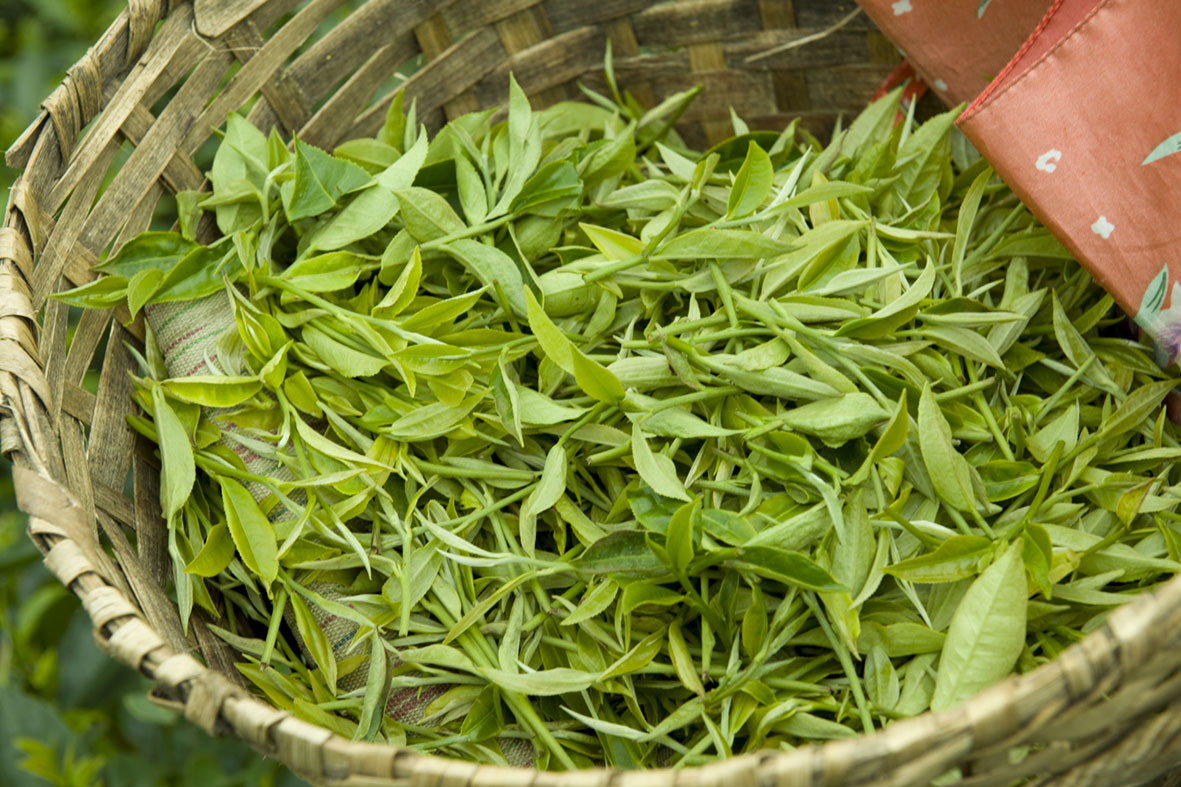
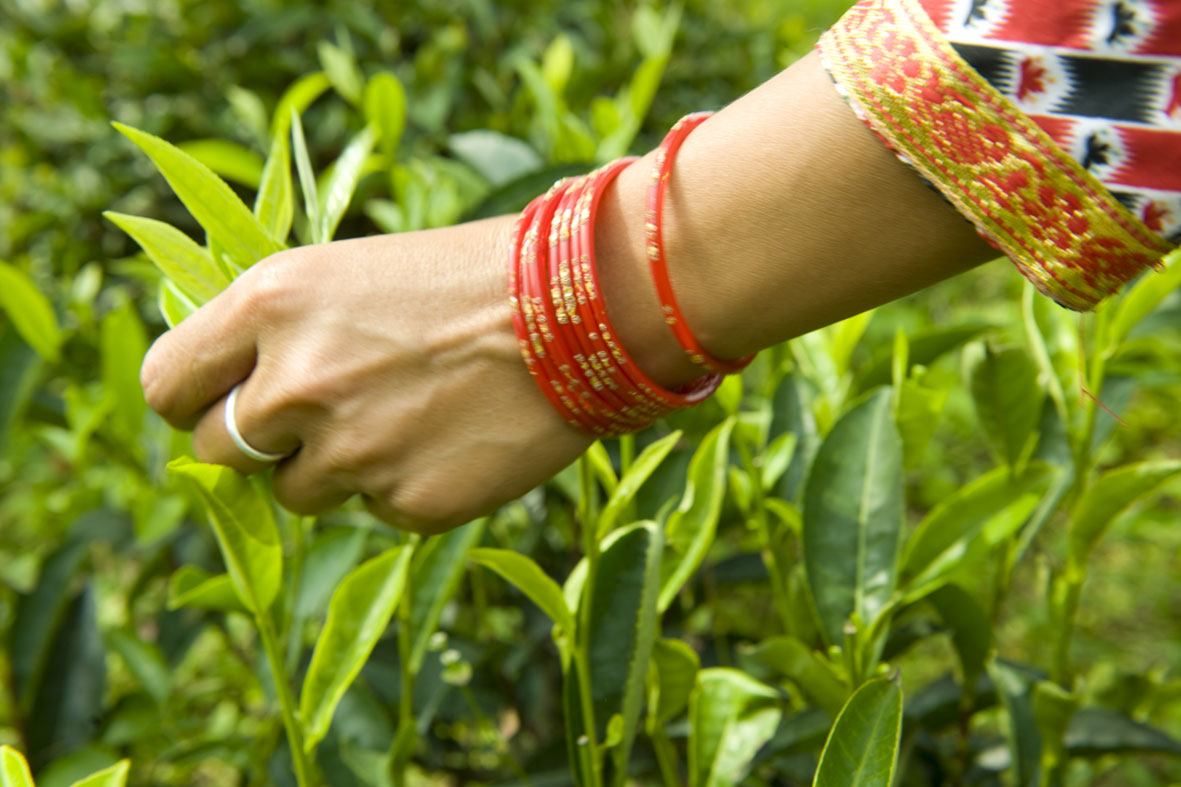
Camelia Sinensis
The evergreen plant has become “domesticated", transformed from a tree to a bush with a convenient collection table (height from 100 to 150 cm.)
The leaves are long, from 3 to 20 cm, and the plant needs a hot and humid climate with plenty of sun and rain.
Tea plants can grow up to 3000 metres above sea level.
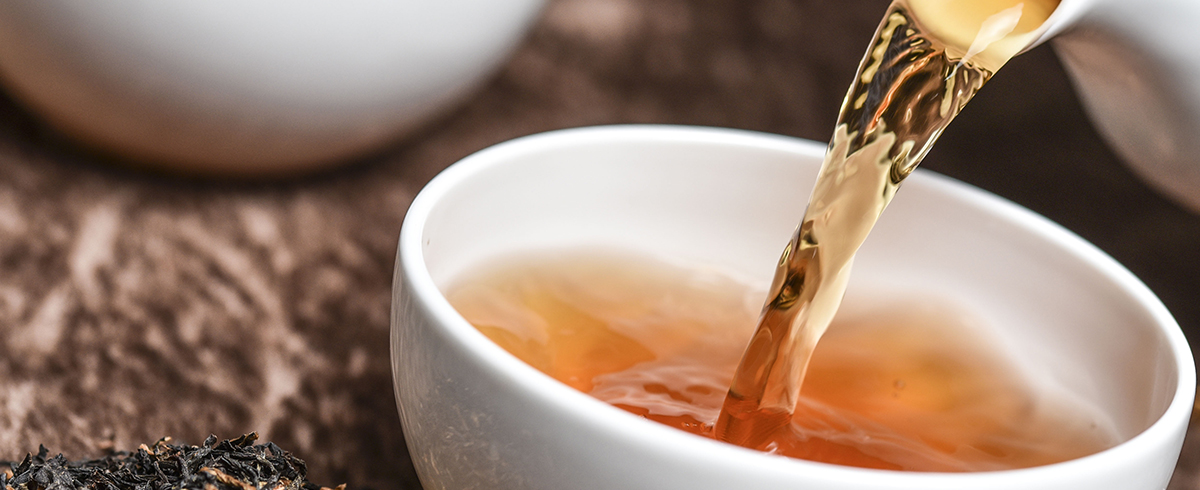
The varieties of Black Tea
Assam - The region of Assam in India is located about 200 kilometres west of Darjeeling, on the borders of China, Burma and Bangladesh. The tea produced in this huge "natural greenhouse" stands out because of its intense and aromatic flavour and is now part of the tea-drinking customs of many countries.
Darjeeling - The tea leaves called Darjeeling are well- known and highly regarded. They come from plantations located in the north east of India, close to the border with Nepal. The more productive and better quality plantations are over 1,500 metres above sea level and ensure abundant crops and a tea with unique characteristics.
Ceylon - Tea from the Ceylon region of Sri Lanka is distinguished by its sour and aromatic taste and its distinctive amber colour. The best of the plantations, located mostly in the southwest of the island, are between 1,000 and 2,000 metres above sea level at the base of gentle mountain ranges kissed by light winds and hardly reach the 20 hectares.
Processing Black Tea
After harvesting, the tea leaves are dried with natural or artificial ventilation.
We then move to the rolling of the leaves, which aims to break the fibres of the leaves to allow the oxidation (often called fermentation).
The temperature is around 30°C and as soon as the leaves change colour from bright green to a red copper, oxidation is complete.
To end the oxidation process, the leaves are passed through hot air dryers to reduce the moisture.
Oolong tea (semi-oxidised tea) – China & Formosa (Taiwan)
Oolong tea is a semi-oxidised tea that comes from China and Formosa (Taiwan). The leaves dry in the sun (withering) before going through a repeated process where they are air-dried and then shaken until they achieve the desired level of oxidation when the edges of the leaves become darkened.
Leaves which have been about 30% oxidised is green with floral notes, while leaves 60% oxidised are black with a fruity taste and darker tones.
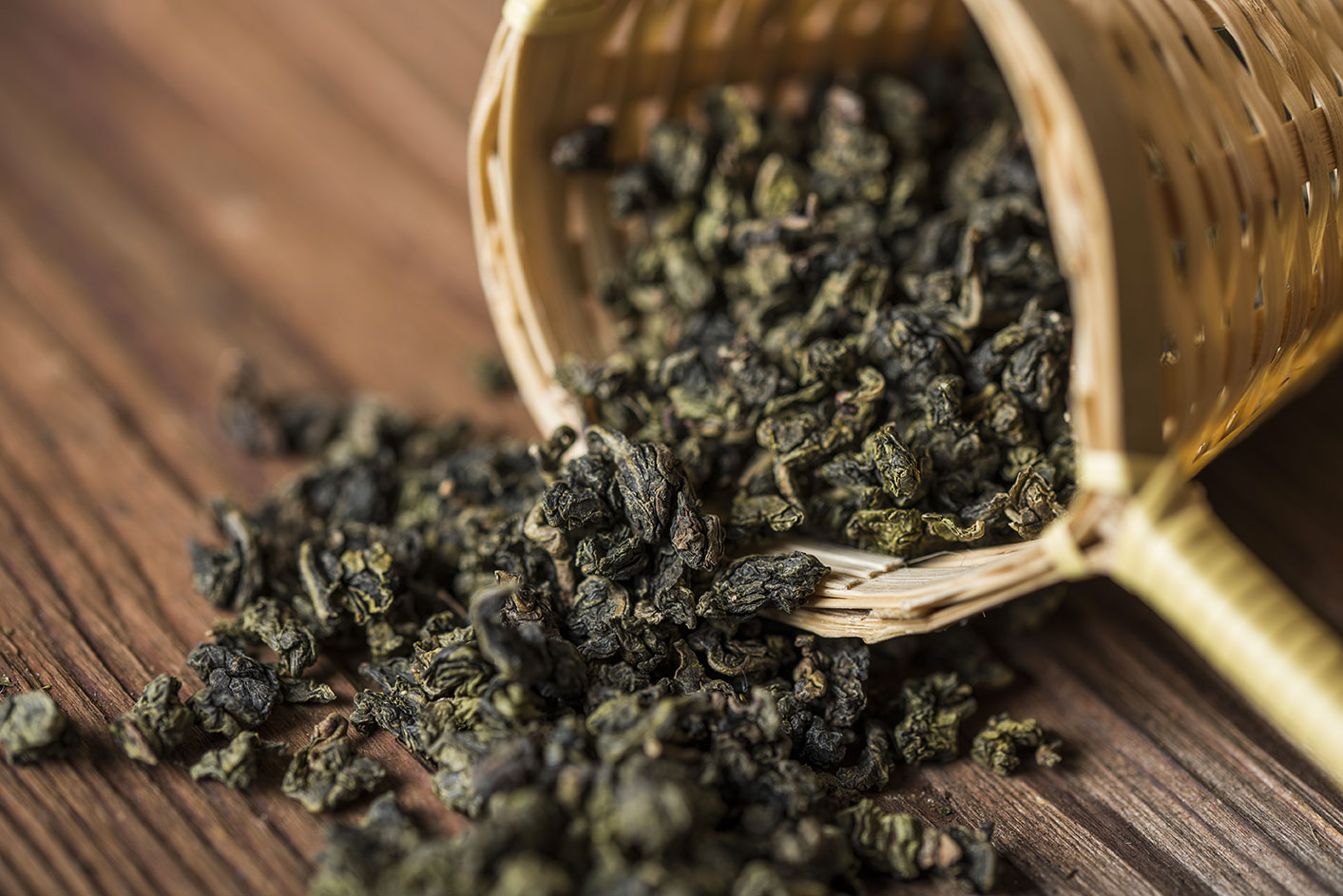
Green Tea
For a long time green tea was used only as a remedy. Today it has become a drink known and appreciated throughout the world for its particular taste. Green tea keeps its original green colour because it is not fermented. After the drying process, the enzymes responsible for the oxidation are kept away, thanks to a steaming process. The leaves are then rolled in order to crush the fibres in a way that allows them, once in infusion, to release their natural colours and flavours.
Japan is, without doubt, the land of green tea. One need only look at the beautiful and lush plantations formed by rows of dense shrubs that can grow up to 30 metres in length to understand where this reputation for quality and value comes from.
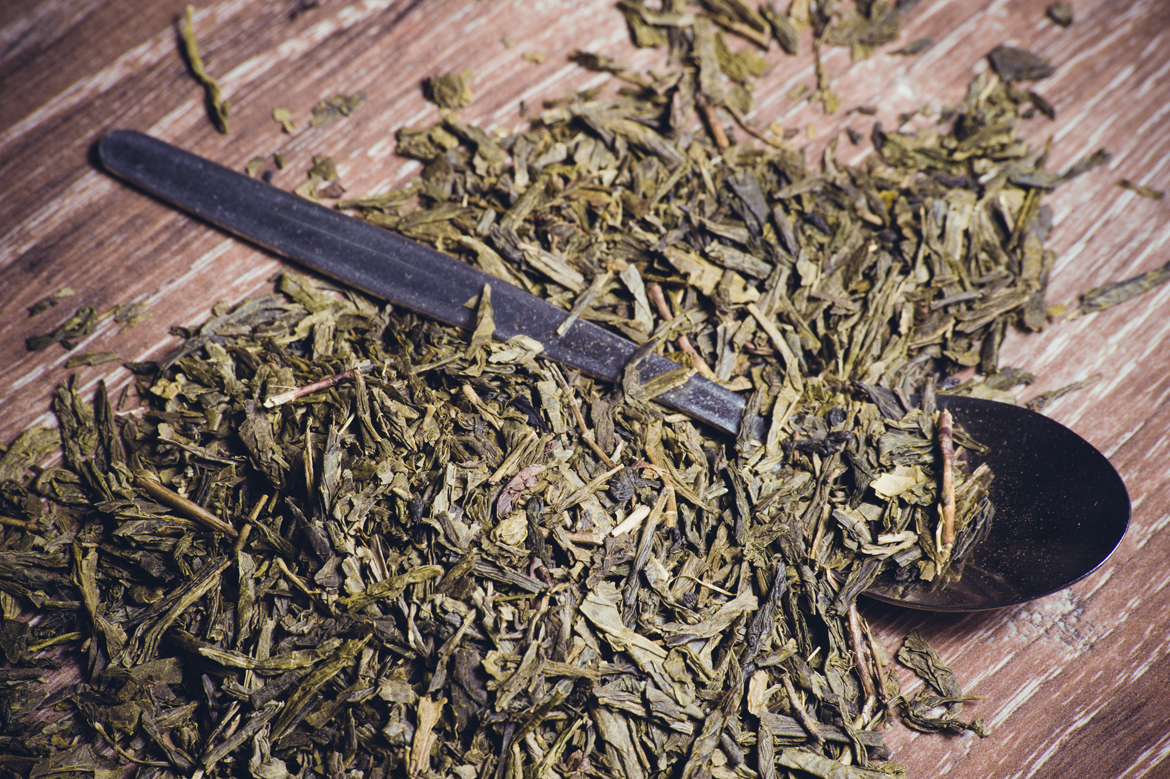
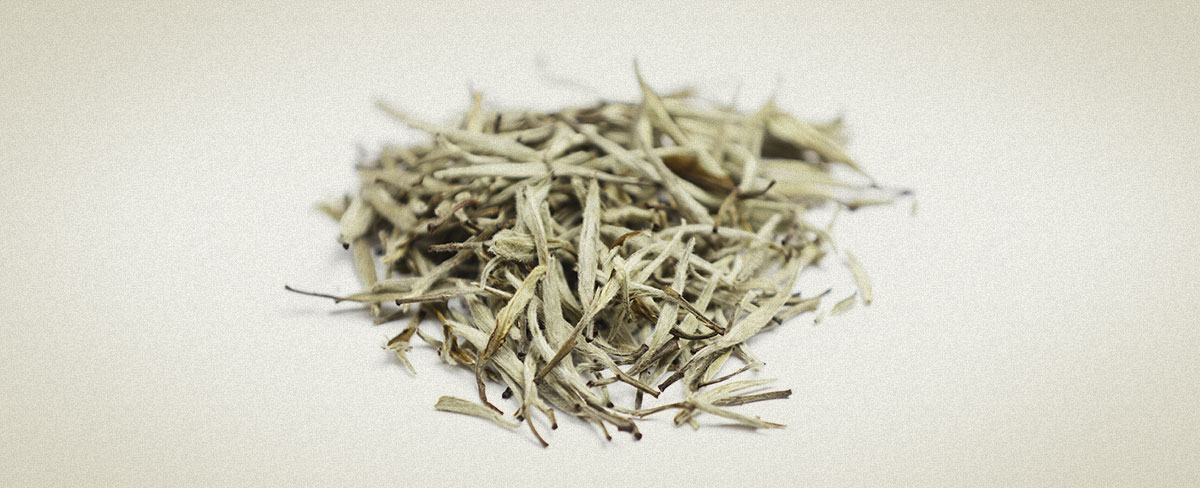
White Tea
White tea owes its name to the silver-coloured down covering its buds and is produced mainly in China. The apical bud undergoes two operations: withering and then immediate drying in the open air. During harvest they only pick the very young leaves and buds covered with the delicate down. An infusion is crystalline with a light and delicate scent and suits the needs of finer palates.
"It should be tasted between your teeth."
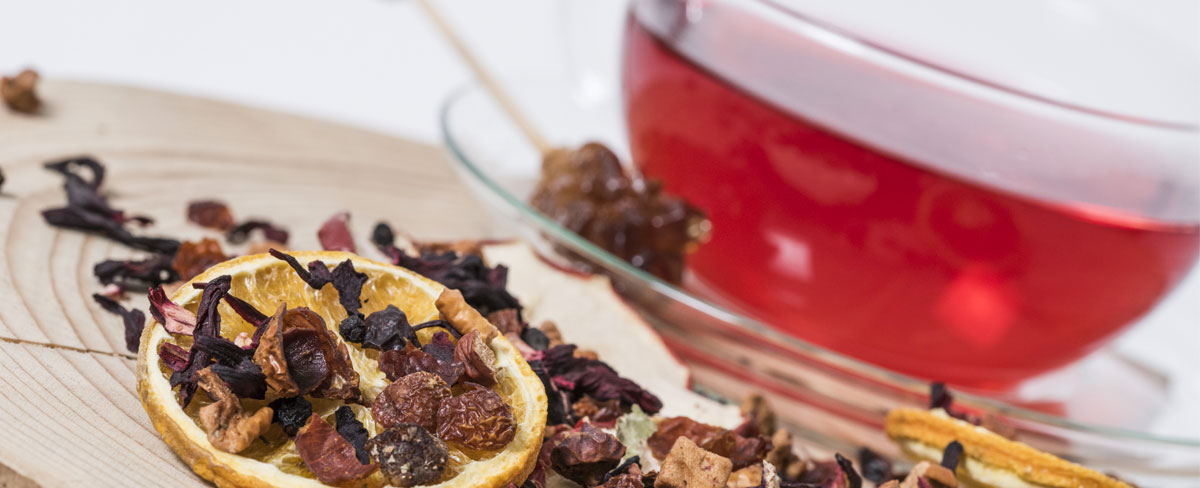
Fruit infusions
There are countless variations. Often Hibiscus and rosehip make up a good portion of the infusions and give this tea its typical red colour.
The infusions come in their many different colours, aromas and fragrances and are a real treat for the palate.
On summer days they can be consumed cold and are an excellent alternative to summer drinks: refreshing and free of calories, preservatives and artificial colours.
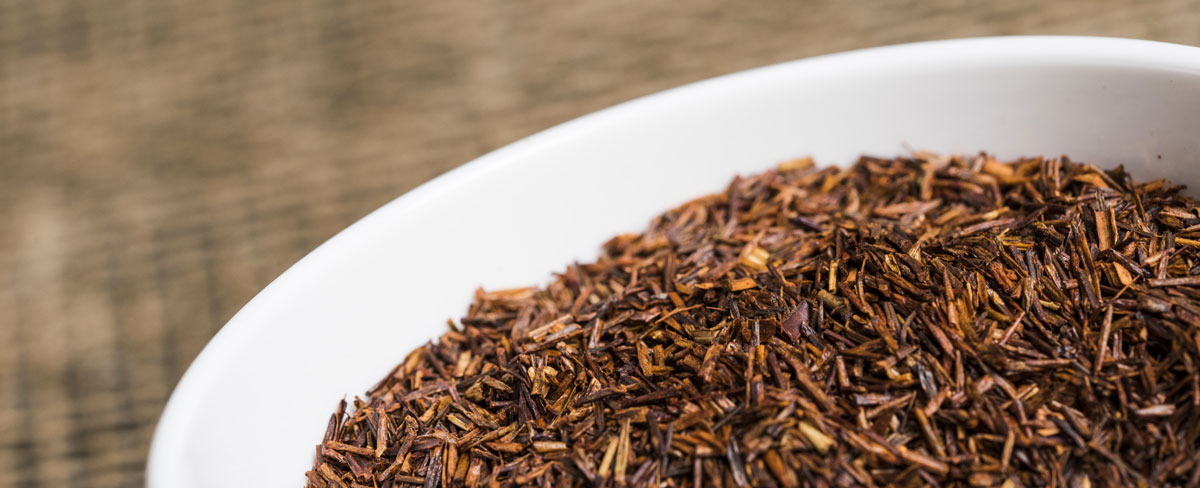
Rooibos
Rooibos is a typical drink of South Africa, where it is considered a real source of well-being. The leaves come from the African shrub Aspalathus Linearis, which does not contain caffeine and its pleasant flavour is reminiscent of honey.
Rooibos is a real cure-all, rich in antioxidants, vitamin C and minerals, including magnesium, calcium, phosphorus, zinc and iron.
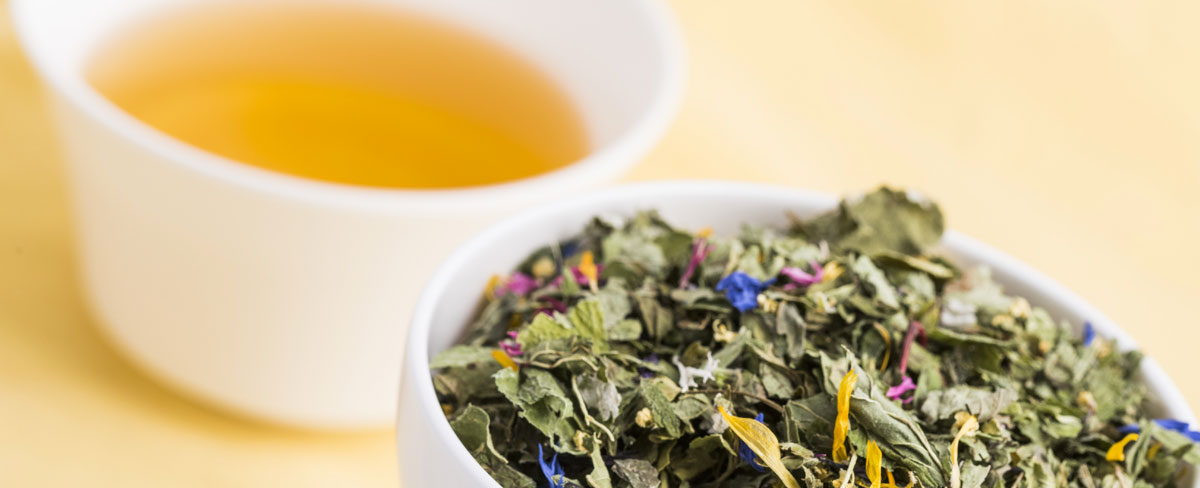
Herbal teas and spices blends
Herbal teas differ from fruit infusions by their functional activity. Individual herbs are selected for their benefits, so final formulations combine taste and effectiveness, depending on the requirement.
Herbal teas can help alleviate many common problems such as insomnia, stress, anxiety, water retention, slow digestion and seasonal ills as well as reinvigorating tired limbs and giving bursts of energy.
SAFE SHOPPING AND GUARANTEED QUALITY
Information
Business solution
Subscribe to our Newsletter
Iscriviti alla Newsletter e ottieni subito il 10% di sconto sul tuo prossimo ordineInformation notice pursuant to article 13 of the GDPR 2016/679. The data you provide by filling out this form will be subject to processing on paper and electronically and will be used only to subscribe you to our newsletter. Your data will not be communicated nor distributed to third parties. The data controller is Pompadour, which you can contact to exercise your rights, including the right to access your data or to consolidate, correct or delete it. To read the complete information notice, please refer to: our privacy policy.
You can unsubscribe from the newsletter at any time, either by sending a message to the contacts at the bottom of the page or by means of a specific link that can be found in each newsletter. After the cancellation, we will delete your e-mail address, unless you have expressly consented to further use of your data and save our reservation for further use of the data, use of which you have been corrected this declaration in compliance with the provisions of the law.
Cap. Soc. 500.000 Euro i.v. | Part. IVA e CCIAA 00122230212 | numero REA: BZ-58412
PEC: pec@pec.pompadour.it | Email: info@peters-teahouse.it | Tel: 0471 549 021





